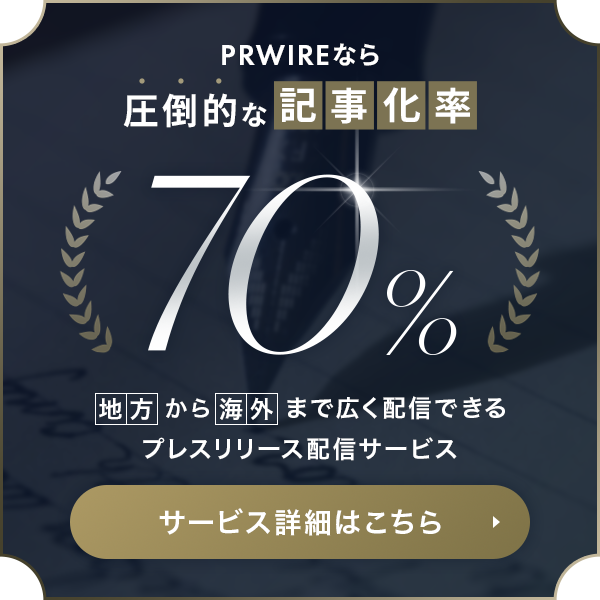Huami's Next Wearable AI Chip Huangshan-2 Scheduled for Mass Production in Q4, 2020, 50% Energy Saved with Faster Atrial Fibrillation Detection
PR84441
SHENZHEN, China, June 17, 2020 /PRNewswire=KYODO JBN/ --
- Ramesh Jain - Father of Multimedia Computing Appointed as Chief Technical
Advisor of Huami AI Research Institute, Announced on Huami's 1st Innovation
Conference "AI to Decode Future"
The Global Top 5 wearable brand[1], Amazfit's mother company, Huami (NYSE: HMI)
, made its second wearable AI chip Huangshan-2 public on its first Innovation
Conference "AI to Decode Future". Besides, multiple hardware and a series of
Big Data and AI solutions regarding healthcare were announced. Ramesh Jain, the
industry famed the Father of Multimedia computing was announced as chief
technical advisor of Huami AI Research Institute.
Photo - https://photos.prnasia.com/prnh/20200617/2833734-1
The Wearable AI Chip, Huangshan-2(MHS002) Launched.
As the platinum member of RISC-V, Huami has wide-ranging technology
accumulation and investment layout in the field of semiconductors. In 2018,
Huami launched the world's first[2] RISC-V open-source instruction set wearable
processor, Huangshan No.1 (MHS001), featuring four core artificial intelligence
engines -- cardiac biometrics engine, ECG, ECG Pro, and Hearth Rhythm
Abnormality Monitoring Engine.
After 450 days, Huami unveils its next generation of AI chip, the Huami
Huangshan-2(MHS002). Based on the RISC-V architecture, Huami
Huangshan-2(MHS002) features high computing efficiency and low power
consumption. Huangshan-2 detects atrial fibrillation 7 times faster than
Huangshan-1 and 26 times faster than similar algorithms. Huangshan-2 also has
on board the Always On (AON) sensor mode with ultra-low power consumption
thanks to the NPU (Neural-network Processing Unit) and the C2 co-processor.
Theoretically, it can reduce the overall power consumption of Huangshan 2 by
50%, making a longer battery life for products.
Huangshan-2(MHS002) is scheduled for mass production in Q4 of 2020. New
wearable devices equipped with the Huangshan-2 will be hopefully available on
Huami's products in the first half of 2021.
BioTracker(TM) 2, the Second-generation PPG Bio-tracking Optical Sensor by
Huami
Huami has been developing its own PPG bio-tracking optical sensor in the past
years, which are known by its high accuracy. Compared with its predecessor, the
newly launched, BioTracker(TM) 2 supports five biological data engines
(RealBeats(TM}, OxygenBeats(TM), SomnusCare(TM), ExerSense(TM), and
huami-PAI(TM)), making it the most versatile and precise biosensor ever
developed by Huami.
Five Key Data Engines[3] Contribute to Huami's AI Health Management Platform
To let human pursue the full health rights as the most, Huami's Systematic AI
Health Management Platform incorporate the AI chipset, Huangshan-2(MHS002), the
new PPG sensor BioTracker(TM) 2 and also five key index and data engines.
- RealBeats(TM) 2, the advanced AI bio data engine for heart rate monitoring.
It eliminates the noise interference to heart rate signals during workout and
is capable of monitoring atrial fibrillation for 1.87 times as long as the last
generation at night and 6.64 times in the day. it achieved automatic AI-based
detection of AVRT and frequent PVC through a heart health Big Data model.
- OxygenBeats(TM), Huami self-developed oxygen data AI engine. The success rate
of is 100% in contrast to less than 90% seen in similar products. Compared with
the results of professional oxygen analyzers, the average error is only 1.67%,
reflecting accuracy superior to that of most wearable wrist devices for blood
oxygen detection. OxygenBeats(TM) has applied to the follow-up visits with
recovered COVID-19 patients conducted by Nanshan Zhong's medical team. Smart
watches equipped with OxygenBeatsTM are expected to be available in Q3 of this
year (2020).
- SomnusCare(TM), an AI-driven biological data engine. The accuracy of sleep
data detection exceeds 80%, and it is possible to detect naps over 25 minutes
with nearly 100% accuracy. Furthermore, the OxygenBeatsTM, through sleep state
analysis and blood oxygen saturation detection, can recognize the sleep apnea
syndrome (SAS), an "invisible killer" to human health, and warn the user to
take prompt measures.
- ExerSense(TM), an AI recognition engine for motion patterns based on sports
big data. This engine can match motion models in real time by detecting data
with the motion sensor and heart rate sensor on Huami's wearables, and then
intelligently determine the exercise mode of a user. At present, ExerSense(TM)
can automatically detect 19 exercise modes, including walking, running,
cycling, and swimming, which cover 95% of daily exercise scenarios of users.
Users do not need to perform tedious manual operations, but can enjoy senseless
selection of smart exercise modes.
- huami-PAI(TM), an explicit PAI score that can reflect the user's heart rate
data, together with the daily motion time and other health data, allowing users
to monitor their workout and heart healthy status. huami-PAI(TM) can guide
users to create highly personalized health assessment systems using private bio
data such as age, gender, and resting heart rate. huami-PAI(TM) is based on the
HUNT Fitness Study, which helps to reduce the cardiovascular mortality rate and
improve life expectancy. The study, led by Professor Ulrik Wisloff at Faculty
of Medicine of the Norwegian University of Science and Technology, took 35
years with more than 230,000 participants.
Ramesh Jain appointed the Chief Technical Advisor of Huami AI Research Institute
Mr. Wang Huang, the Company's Chairman and CEO, announced the establishment of
Huami AI Research Institute. Ramesh Jain, a renowned AI expert, Father of
Multimedia Computing, Professor at University of California, Irvine, and
Founder of UCI Institute for Future Health was appointed as the chief technical
advisor of the Huami AI Research Institute.
In the first half of 2020, Huami has set up three joint laboratories: The Smart
Wrist Wearable Device Joint Lab with the team of Zhong Nanshan; the Track and
Field Joint Lab with the Chinese Athletics Association; and the Brain-Computer
Intelligence Joint Lab with the Institute of Advanced Technology, University of
Science and Technology of China.
[1] Huami ranked the top 5 in both global watch shipment and market share,
according to data from the International Data Corporation (IDC) Worldwide
Quarterly Wearable Device Tracker
[2] https://riscv.org/membership/6144/huami/
[3] This is not a medical device and is not intended for use in the diagnosis
or monitoring of any medical condition
SOURCE Huami
Image Attachments Links:
Link: http://asianetnews.net/view-attachment?attach-id=365571
Caption: Mr. Wang Huang announced the Wearable Device Chip Huangshan-2 and Prof. Ramesh
Jain as the Chief Technical Advisor of Huami AI Research Institute
本プレスリリースは発表元が入力した原稿をそのまま掲載しております。また、プレスリリースへのお問い合わせは発表元に直接お願いいたします。
このプレスリリースには、報道機関向けの情報があります。
プレス会員登録を行うと、広報担当者の連絡先や、イベント・記者会見の情報など、報道機関だけに公開する情報が閲覧できるようになります。










